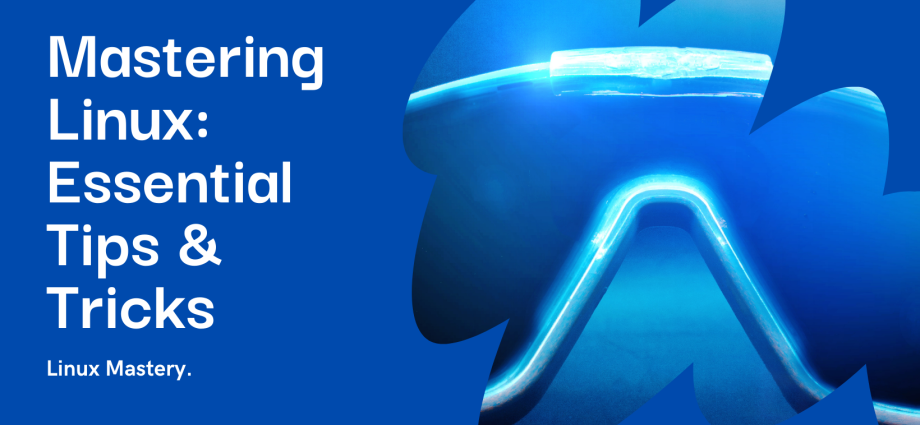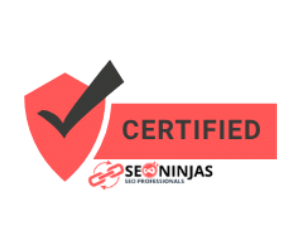Linux is a powerful and versatile operating system that offers a wide range of features and customization options. Whether you’re a beginner or a seasoned Linux user, mastering the ins and outs of the OS can enhance your productivity and efficiency. Here are some essential tips and tricks for optimizing your Linux experience:
1. Learn the Command Line: The command line interface (CLI) is a powerful tool for interacting with Linux and performing a wide range of tasks efficiently. Take the time to learn essential command line commands and shortcuts, such as navigating the file system, managing files and directories, and performing system administration tasks. Familiarizing yourself with the command line will help you become more proficient and productive in Linux.
2. Customize Your Desktop Environment: Linux offers a variety of desktop environments, each with its own unique features and customization options. Experiment with different desktop environments, such as GNOME, KDE, XFCE, or LXDE, to find one that suits your preferences and workflow. Customize your desktop environment by adjusting themes, icons, wallpapers, and desktop layouts to create a personalized and visually appealing workspace.
3. Explore Package Management: Package management is a key feature of Linux that allows you to install, update, and manage software packages and dependencies. Familiarize yourself with package management tools such as apt, yum, or pacman, depending on your Linux distribution. Learn how to search for packages, install new software, update the system, and remove unused packages to keep your system clean and up-to-date.
4. Master Keyboard Shortcuts: Keyboard shortcuts are a convenient way to navigate and perform tasks in Linux quickly. Learn essential keyboard shortcuts for common tasks such as opening applications, switching between windows, and managing workspaces. Customize keyboard shortcuts to suit your preferences and workflow using the settings or preferences menu in your desktop environment.
5. Take Advantage of Virtualization: Virtualization is a powerful feature of Linux that allows you to run multiple operating systems simultaneously on a single machine. Take advantage of virtualization software such as VirtualBox or KVM to create virtual machines for testing new software, running legacy applications, or experimenting with different Linux distributions. Virtualization can help you increase productivity and efficiency by allowing you to isolate and manage different environments and workloads.
By mastering these essential tips and tricks for optimizing your Linux experience, you can enhance your productivity, efficiency, and overall enjoyment of the operating system. Whether you’re a beginner or an experienced Linux user, incorporating these strategies into your workflow can help you make the most of Linux and unlock its full potential.



Comments are closed, but trackbacks and pingbacks are open.